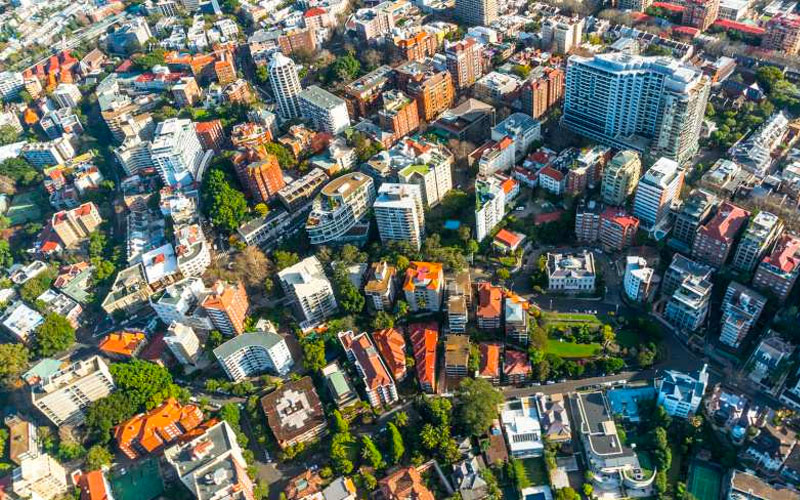Sydney Vacancy Rate at All Time High
Sydney's softening rental market looks set to weaken further over the course of 2019 with a spate of new supply launching to market, potentially sending vacancy rates soaring and pushing asking rents down.
Australia's most populous city currently finds itself saturated with the number of vacant properties currently at 22,426, a steep increase of 6,651 dwellings compared to the same period a year ago.
The city's vacancy rate currently sits at 3.2 per cent, the highest level recorded in recent years. The last time Sydney reached a 4 per cent vacancy level was during the post-Olympics property lull of 2004.
Propertyology head of research Simon Pressley described the current state of Sydney's housing market as a by-product of a few years of all-time record high new supply of which a high proportion were being poured into the city’s rental pool.
“Greater-Sydney ushered in the new year with 25,000 empty dwellings,” Pressley said.
“That’s enough shelter to house an entire city the size of Wagga Wagga or Tamworth, population 60,000 plus.”
Related: House Prices Still to Bottom Out: Report

“It only seems like yesterday that angry Sydney tenants wanted to blame everyone from property investors, baby boomers, negative gearing, and insufficient housing supply for their inability to get a foot on the property ladder,” Pressley said.
“Now Sydney has falling rents, surplus housing stock, and a pipeline with plenty more new stock to come.”
“I wouldn’t at all be surprised if there were 30,000 vacant dwellings across Greater-Sydney by year’s end.”
Rental vacancies have also fallen year on year in Adelaide, Perth and Brisbane but increased slightly in Melbourne and Canberra.
A year ago, Brisbane had the highest vacancy rate across all of the capital cities bar Perth at 3.6 per cent, but that fell to 2.7 per cent earlier this year.
“Brisbane’s rental market has also balanced out. Some landlords are now seeing rents rise for the first time in several years,” Pressley said.
“The vacancy trend in Melbourne is rising. This is not surprising given, like Sydney, Melbourne has been through a few years of record residential construction and high investor activity adding large volumes to Melbourne’s rental stock.”
The bottom of the cycle?
Sydney's total dwelling value decline reached 10.4 per cent over 2018, the first time it has showed an annual negative result since the early 1980s.
In Sydney median dwelling value dropped to $789,339 in February, according to Corelogic, from as much as $895,117 at the top of the boom.
While median weekly house rents declined 1.8 per cent in the December quarter from September, and apartment rents dropped 2.8 per cent, according to Domain.
Across the country new dwelling approvals fell to their lowest level in almost two years over 2018, with approvals down 28.6 per cent from a year prior and many analysts anticipating the trend to continue, especially in the apartment market.
Auction clearance rates are at the lowest levels in a decade in Sydney down compared to a year ago at 20.6 per cent and housing finance approvals are nearly 15 per cent lower than a year ago.
Meanwhile, properties in both Sydney and Melbourne are sitting on the market for longer, with the average property taking nearly 40 per cent longer to sell compared to a year ago.














